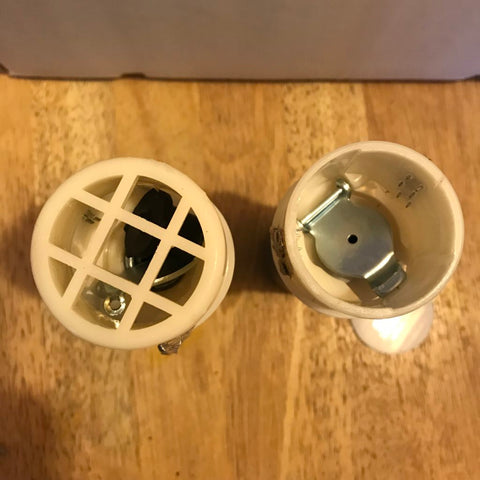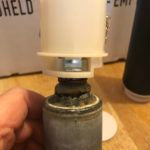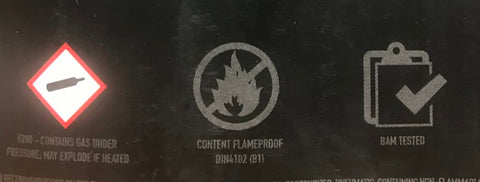Confetti Master’s handheld confetti cannons are powered using a small compressed cylinder of nitrogen (an inert gas). When the gas in the cylinder is released it propels the confetti out of the cannon.
have an outer case made from a strong cardboard tube which contains the confetti payload, the firing mechanism and a steel cylinder.
INSIDE A CONFETTI CANNON

The steel cylinder is at the base of the confetti cannon threaded in to the firing mechanism (left-hand thread). The gas in the cylinder (which is pressurised to about 19 Bar) is contained with a rubber bung. The bung is held in place by a mental flap which is secured by a small flange on the outside of the cannon *fig 1. When the base of the cannon is rotated the flange moves releasing the flap and in turn releases the bung *fig 2. The gas in the cylinder is expelled instantly pushing the confetti up though the tube into the air.
VERY IMPORTANT GRILL!
The bung from the cylinder is restrained by a grill at the top of the firing mechanism. The gas easily passes through the grill, but it stops the bung firing out of the cannon (some cheap cannon do not have a grill!). The grill also stops confetti falling into the mechanism.

NOT ALL CONFETTI CANNONS ARE THE SAME!
Confetti Master continuously try to offer the best handheld confetti cannons available. We ensure our cannons come from reputable suppliers and have internationally recognised test certificates (BAM). All our confetti has flame-retardant certification.

